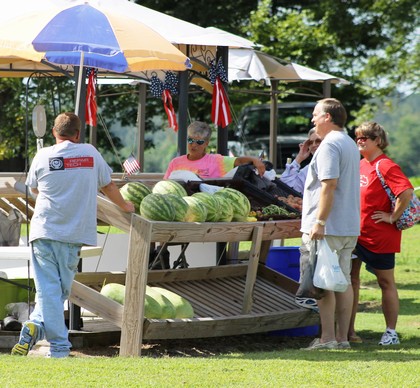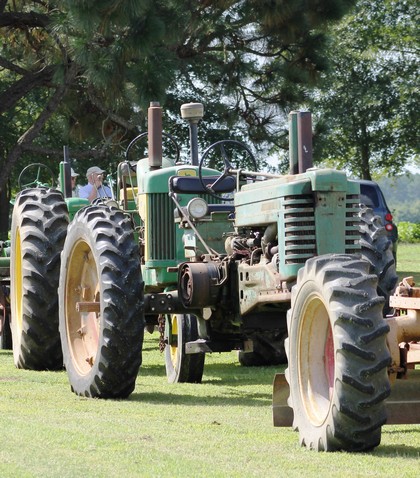Gates County is a fascinating county that emerged from the original Albemarle settlements.
Its rural character, plantation history and natural beauty make it similar to other northeastern counties such as Chowan, Pasquotank and Camden. Gates has had to adapt to the decline of agriculture and find its place on the outskirts of metropolitan Virginia like all of the counties in northeastern NC. Gates has a number of famous residents, plantation homes and a state park that makes it a worthy subject.
The area that is now Gates County was originally the home of the Chowanoke Native Americans. The Chowanoke were a sizable group that Europeans eventually forced onto a reservation, which was dissolved by 1821. Europeans began to settle in the area in 1622 – traders bought Native American land and were followed by farmers who grew corn and tobacco. During much of the 17th century, Gates county made up the northwestern frontier of North Carolina.Gates County was formed in 1779 and was named after Revolutionary War general Horatio Gates. According to David Leroy Corbitt, author of “The Formation of the North Carolina Counties, 1663-1943,” the county was formed from the northeastern section of Hertford County and the northern sections of Chowan and Perquimans counties.
The county’s soil and proximity to the markets of Virginia made it a center for tobacco cultivation in the antebellum period. Planters built sizable homes such as Buckland in 1795 and Elmwood Plantation in 1822. They also constructed mills that ground corn and powered saws to process the county’s sizable lumber stands. One of these mills created the landscape that later became Merchants Millpond State Park, one of only two state parks in North Carolina’s Albemarle region.



The wealth of Gates County planters came at the expense of the county’s sizable enslaved population. According to the 1860 Hergesheimer map, 48.3% of Gates County’s population was enslaved in that year, the 18th highest total in the state. The Hergesheimer map shows the distribution of the slave population of the southern United States.
Along with a large number of slaves, Gates County also had a robust free African American population, partly because of the county’s border location. In his history of free African Americans in North Carolina, John Hope Franklin noted that “In the counties bordering on Virginia and South Carolina were to be found a large number of free Negroes whose very presence in these areas bespoke the more liberal treatment of free Negroes in North Carolina than in the neighboring states.” The 1860 census counted 361 free African Americans in Gates County. They were significant members of the community and held a wide variety of professions such as carpenters, blacksmiths and coopers, but free African Americans also held a precarious place in North Carolina society. Their activities were restricted, they had few legal rights, and were constantly viewed with distrust by white society.
Gates County escaped the Civil War with little war-related damage. The county’s rural location was not strategic to the war aims of either the Union or the Confederacy, and so it avoided major battles or raids. But following the war, the county did have to rebuild its economy. Peanut cultivation flourished in the county along with truck farming of fruits and vegetables and livestock. Gatesville, originally incorporated in 1830, served as the only sizable community in the county. The hallmark of the town was, and still is, the Gates County Courthouse, built in 1836 and enlarged in 1904, which became known for its Greek Revival details and cast-iron railing as noted by Catherine W. Cockshutt in her nomination of the building for the National Register of Historic Places.
